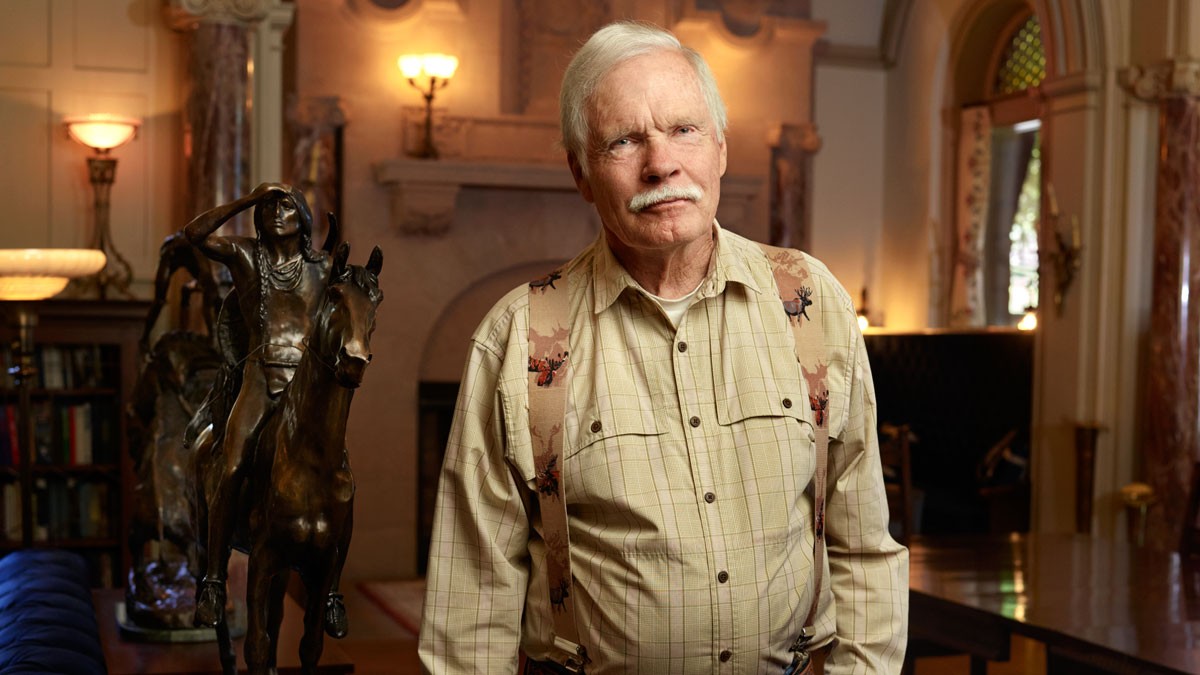Forbes
Big House on the Prairie
By Ann Abel
When Ted Turner was a boy in Savannah, Ga., he loved to hunt and fish. After he was turned in to the local police for shooting a squirrel on a neighbor’s property with a BB gun and fined by a judge, he had an epiphany. “I decided I was going to make a lot of money so I could buy my own damn land,” the 77-year-old billionaire said in June at his Vermejo Park Ranch in northern New Mexico, one of 17 ranch properties he now owns. “And so I did.”
Today Turner owns about 2 million acres across the United States, making him the second-largest private landowner in the country. (Billionaire John Malone has about 200,000 acres more—and has followed Turner’s lead in land conservation and species preservation.) And while it’s unlikely that Turner would admit he has a favorite property, his flagship is Vermejo Park Ranch, some 585,000 acres straddling the New Mexico-Colorado border, which he purchased in 1996. Turner made a home on this range—the mansion known as Casa Grande, which has just undergone a multimillion-dollar renovation and is now converted to a luxury guest estate.
“We’ve been told that it’s the largest piece of contiguous private land in the United States under one ownership,” he says. With Vermejo and his properties in southern New Mexico, the Armendaris and Ladder ranches, he owns about 1.1 million acres of the state. That’s slightly bigger than Rhode Island, which has a population greater than one million.
Turner started buying his land in the West for hunting and fishing, but he’s always seen animals as more than simply targets. His Turner Endangered Species Fund protects a variety of creatures, and his Turner Foundation aims to prevent environmental damage. He plans to place much of his land under conservation easement, to stave off future development, and has a particular fascination with bison, which were nearly extinct before he set about bringing them back. Turner started his bison herd some 35 years ago with 3 and now maintains about 52,000–they reproduce quickly and are a sustainable food source, he notes excitedly.
Click here for the full article on Forbes.com.



















